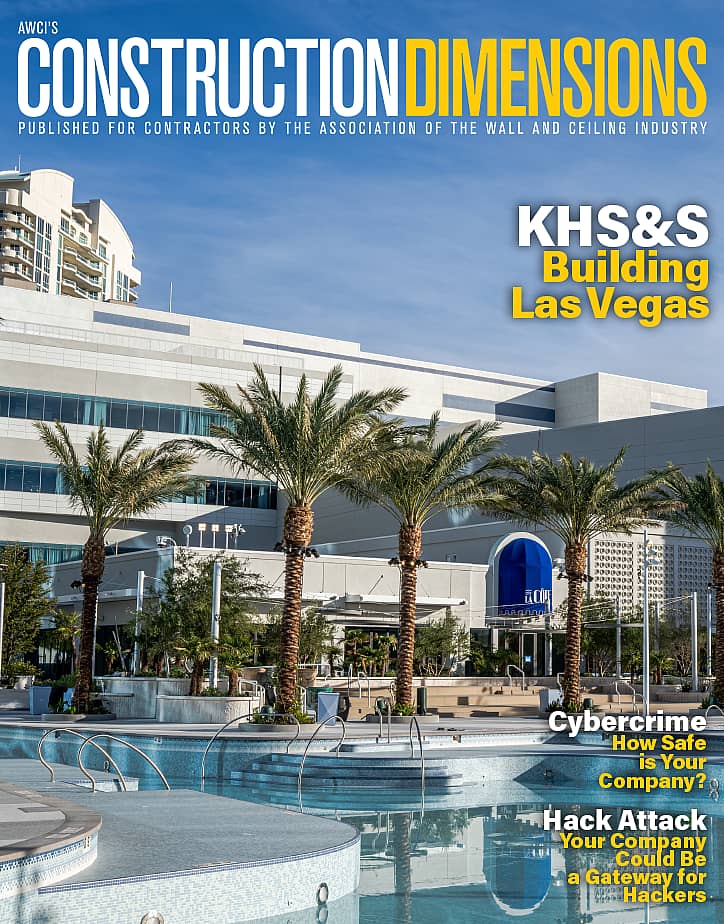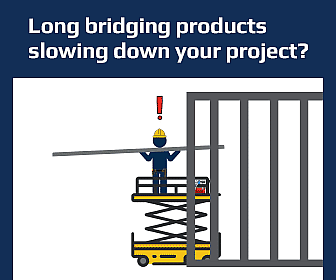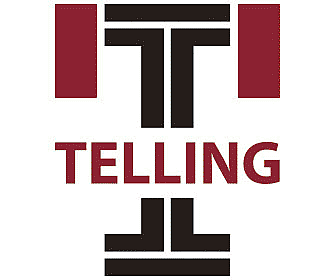Now you can’t walk away from the price you pay—Bruce Springsteen, from “The Price You Pay”
I guess it’s been five, maybe six months ago that a vendor quote turned my head around a la Linda Blair’s performance in “The Exorcist.” This was the second quote I’d gotten on this particular project that reflected a 30% increase over previous jobs, so it finally hit home that this was not just a random error. In spite of being under the gun (as usual), I dropped everything and rang up the author of this bombshell, my preferred sales rep, to get the dirty lowdown on what felt like highway robbery. He apparently had anticipated the predictable barrage of calls, as he was pretty well-versed in sharing the whys and wherefores regarding this shocking development. What he told me, and what I’ve learned since then about this unforeseen leap, amount to some pretty eye-opening facts—info worth sharing.
According to the Bureau of Labor Statistics, the price of metal, including the coils from which steel framing components are derived, rose a staggering 21% so far in 2021 over the previous year. Similarly, gypsum products have risen around 18% over the same period. Moreover, those of us who might include plywood in our proposals saw an absurd increase of over 200%. Of course, the degree of escalation that we drywall subs experienced occurred over a matter of weeks, not months, hence the sticker shock that we all felt seemed like a bolt out of the blue. I’m sure these stats do not constitute a news flash for most of this magazine’s readership, but the underlying reasons for the spike in our costs are not so apparent.
My first knee-jerk speculation on this was to ascribe the jump to an increase in fuel prices and, of course, this revolting petrol hike has indeed had some negative impact on availability of building materials as it has with virtually all commodities. But metal components (steel studs) have taken a particularly bigger hit than most, and as with most drastic phenomena, the reasons are multiple, many in this case owing to a delayed effect of last year’s pandemic. We are told that a significant number of mills went offline last year due to the dramatic downturn in activity. Couple this with the sudden building surge that came with this year’s rebound, the result is a colossal demand for steel that far exceeds the supply capability. Adding insult to injury, recently escalating tariffs on steel imports have choked off that potential avenue of relief. Admittedly, there is some small comfort in knowing that the hike is not due to some cabal of steel magnates with delusions of monopoly—small comfort indeed for those of us dealing with the negative effects of this predicament.
The first effect was felt immediately following the surprise hike. My first thought was that bidding competition would not be affected because all subs were experiencing the same component increases. But I failed to factor in the number of competitors who refrain from updating material prices on a regular or even per-project basis. As a consequence, those of us who were wary and forewarned found ourselves competing with low-ballers who were, for a short time at least, using last month’s (or last year’s!) material prices.
While this specific scenario was temporary (with the low-ballers getting stung or even going under), the inability of informed subs to hold pricing beyond 30 days has become a lasting burden. Many skeptical general contractors have stubbornly stuck to their bid requirement that proposed prices be held for 60 days or more. By the same token, most material suppliers are reluctant to commit to long-term pricing for future projects due to market volatility. This impacts not only the bidding phase, but performance of presently executed contracts that lack language protecting against unforeseen material escalations. Another performance headache comes in the form of long lead times for metal framing components—especially on those oddball items (like 14-gauge track or G90 coating) that structural designers like to throw out there.
By far, the most daunting effect of this price anomaly has yet to materialize, but hangs over our heads like a threatening storm cloud. The added expense for developers to fund new projects may soon become cost-prohibitive. Many market analysts agree that the recent upswing of activity in the construction industry is likely short-lived, and that we may be on the brink of yet another period of stagnation—all owing to an exorbitant inflation of building materials.
What’s an astute bidmeister to do about this? The best that can be done is to adopt specific language in all proposals that clearly informs the GC that price escalations may apply. One might also consider reducing markup on materials—passing on only the raw cost of the increase. Aside from this, I can only offer the slim solace of a favorite aphorism I use in circumstances I can’t control: This too shall pass.
Vince Bailey is an estimator/project manager working in the Phoenix area.







